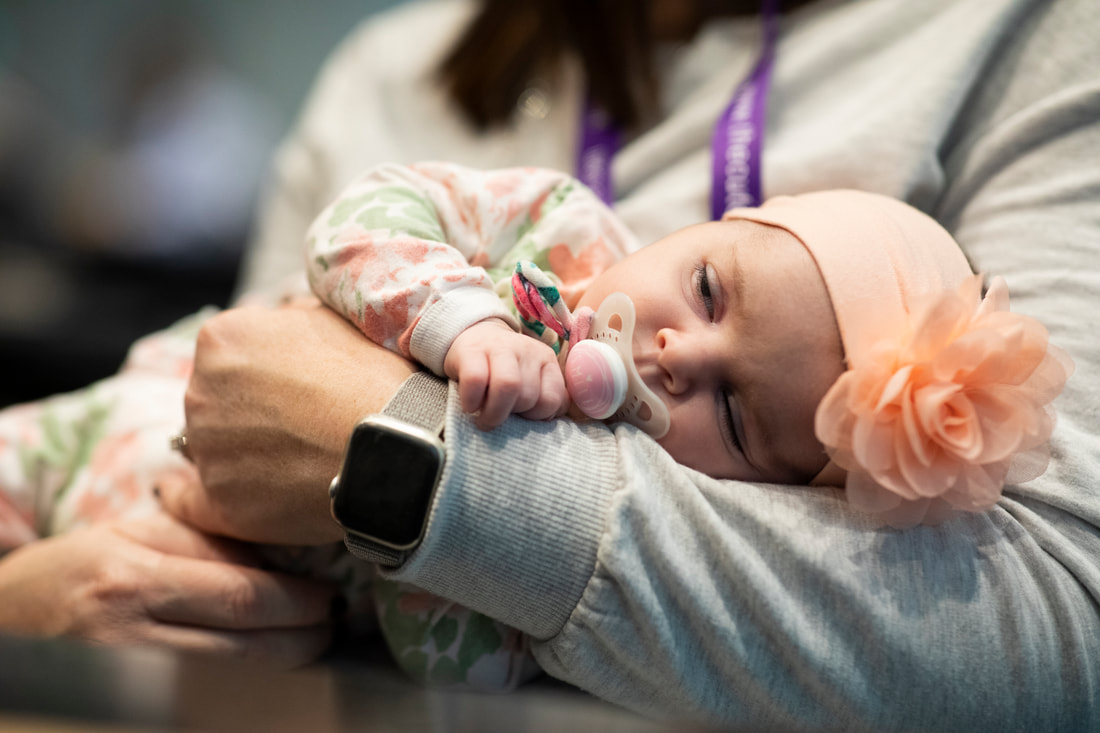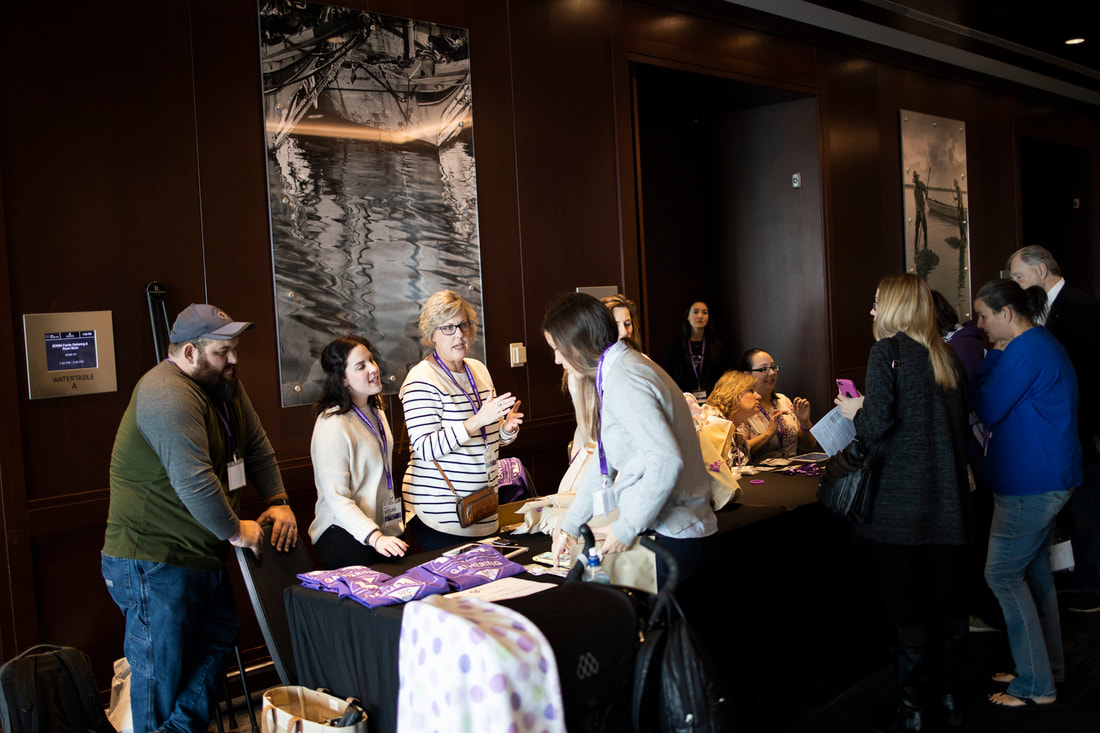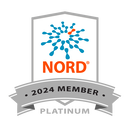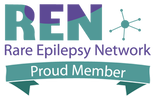|
This is a sad story. Perhaps it is two sad stories—stories that begin with the loss of two boys. But it is also a hopeful story. It is a loving story. And, I share it as a reminder of why TCSF prioritizes bringing our SCN8A families together at our Annual Gathering: We are not here for our individual experiences alone, because we are a community that has decided to love, to share, to mourn, and to fight...together. -Hillary Savoie, PhD
Founder and Director, The Cute Syndrome Foundation
0 Comments
When we heard about The Cute Syndrome Foundation's Annual Gathering, I thought, oh, that would be so neat, but there’s no way we could make that happen. Then we realized it was only 2 hours away, and my husband insisted we try to make it work if we could. I went in, not knowing what to expect. I felt unease and uncertainty, but, in hindsight, it was a great decision.
My time at the Gathering it left me wanting to create a guide for other SCN8A caregivers for when they attend their first Gathering. However, since my experience is unique, I thought I would reach out to my new-found friends, to inquire what other first-time Gathering parents experience. Here is what I learned: Help us continue to support the SCN8A community through events like this Gathering.A week ago today the SCN8A community started arriving in Baltimore, Maryland in order to take part in the fifth annual Cute Syndrome Foundation SCN8A Clinician, Researcher, and Family Gathering. This event, which is held over two days every year in conjunction with the American Epilepsy Society meeting, began as a way to bring together all of the stakeholders within the SCN8A community, including the families. We hold this event because we believe in the power of SCN8A families to not only observing, but actively participating in driving the changes in medical science to help our children. This year, with 265 people registered for this event, it was, by far, our largest Gathering to date.
|
Archives
May 2024
Categories
All
|
|
Past Annual Reports
Past PCDH19 Efforts Privacy Policy The Cute Syndrome Foundation PO Box 842 Ozark, MO 65721 |
The Cute Syndrome is registered as a tax-exempt organization under IRS section 501(c)(3).
Our tax identification number is: 46-2699066. © The Cute Syndrome Foundation, All rights reserved |



 RSS Feed
RSS Feed


